I'm currently developing a DMX interface (master interface) with USB and Ethernet connections. The power for my device I'm retrieving from the 5V of the USB connector.
The shield of the USB connector and the Ethernet connector is connected with each other but hasn't any connection with the signal ground. I'm not sure if this is correct, so please correct me if I'm wrong!?
The DMX interface is decoupled with a DC-DC converter (CRE1S0505SC) and a digital isolator (SI8422AB-D-IS).
I'm now wondering what I should do with the shield of the XLR plug? Should I just connected it with the shield of the USB and Ethernet connector? Or isn't the device galvanically isolated anymore if I do that? The pin 1 of the XLR connector is connected with the ground of the DC-DC converter. But I think this should be correct.
The case of my device is plastic.
I know there are many threads in the internet about this. But I haven't found anything which describes my problem exactly. So I would be very happy if anyone could help me!
Edit: I have attached a simplified schematic.
